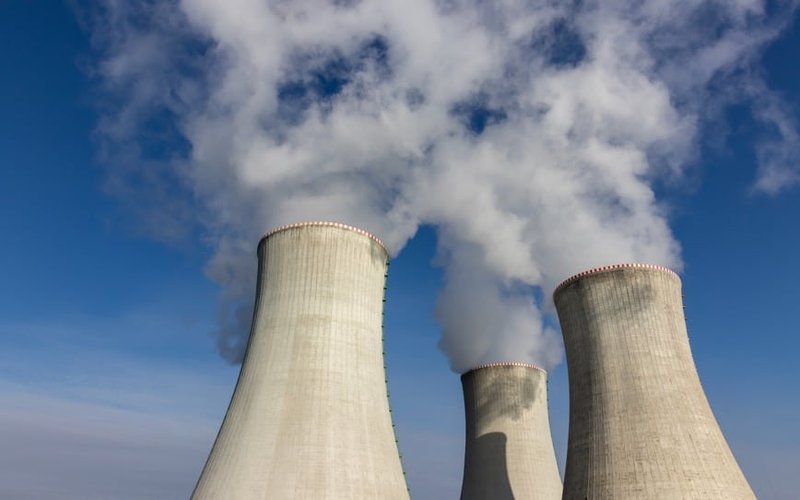Federal opposition energy spokesperson Ted O’Brien has returned from the UK confident there’s only one proven industrial scale form of zero-emissions technology that can help do that — nuclear power.
Speaking on local radio in Perth, Mr O’Brien said he also believes Australians are starting to realise there is a reason why the rest of the world is adopting nuclear energy.
The shadow minister for Energy and Climate Change said there is no doubt that citizens in the UK and another 31 countries in the world that have nuclear energy, believe it is the safest form of energy generation the world has ever seen, while providing baseload zero-emissions energy.
Community feelings swinging to the positive
“In Australia I think the dial is moving. I think Australians are realising there’s a reason why the rest of the world adopts nuclear energy.”
He said that the next-generation of nuclear energy needs to be considered as part of a balanced mix in Australia.
“It is not in and of itself the only solution. I mean, at the end of the day, if we’re fair dinkum in Australia about trying to reach net-zero, we will not get there unless we have zero-emissions nuclear energy. That’s the lesson I’ve learnt from travelling and talking to many people in other countries,” he said.
“Our closest allies, our closest trading partners, the IPCC of the United Nations, they all say the pathways to net-zero must include zero-emissions nuclear energy. And therefore, my view is, in Australia we must have this discussion.”
Micro reactors may be the answer
According to the shadow minister, micro reactors, which he said can literally come in on the back of a truck, should be a strong consideration for future energy needs in Australia.
“I was just in the UK and if you look at Rolls Royce, they’ve got a 470-megawatt unit, that they’re looking at and these things come off the factory shelf. The micro-reactors, small modular reactors, unlike the old traditional plants, these are factory made.”
“All the work gets done in a factory. It’s sort of like Lego. You take it to site where it is assembled. Now that collapses the time to market. And because they’re small, it also means you’re looking at less capital expense up front. And this is why the world is getting excited about these small modular reactors (SMRs).”
He noted that one SMR, creating 300 megawatts, could potentially power 300,000 homes.
Retired coal plants an ideal site
“The advice we’ve received from experts on the small modular reactors and any large reactors is to look at using retired coal fired plants. So basically, using sites that have had coal fired power stations on them, which means you leverage the existing infrastructure, the big transmission lines.”
“Now, reports that have gone into the Department of Energy in the United States suggest that that will reduce capital costs somewhere between 15 and about 30% just because you are leveraging the existing infrastructure. So that’s one of the things we are looking at, at the moment.”
Mr O’Brien also told the radio audience that Australia has the natural resources to support nuclear power.
“Australia has the largest volumes of uranium in the ground, in the world. We’re the world’s third largest exporters. And so, you’ve got to stick to your strengths and our abundant natural resources are a strength, including uranium.”
Community engagement critical
The shadow minister said that it is critical that communities are well informed before any energy decisions are made.
“It doesn’t matter whether it’s a wind farm, whether it be a transmission line or a nuclear reactor, there’s always that prerequisite of a social license. At the end of the day, it’s critically important that a community is engaged, and a community is satisfied to bring forward a major piece of infrastructure.”
And an international specialist body agrees.
Hosting a nuclear discussion on the role of community engagement, the International Atomic Energy Agency (IAEA) said it is pivotal for the success of nuclear projects that local stakeholders are involved through transparent and open dialogue.
The IAEA hosted a meeting in Vienna which brought together leaders of nuclear facility host communities, representatives of facility operators, safety authorities and government officials from some 50 countries.
The agency told attendees that nuclear energy stands on a robust technical and safety foundation, but misconceptions and concerns persist, particularly about nuclear waste.
Olena Mykolaichuk, head of the IAEA’s division of Nuclear Fuel Cycle and Waste Technology, said national support is crucial for host communities, and formal associations can facilitate this, promoting knowledge exchange and cooperation among host communities.
